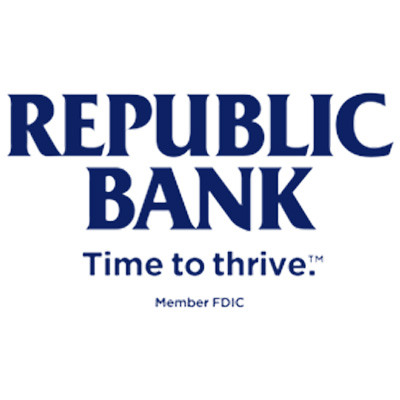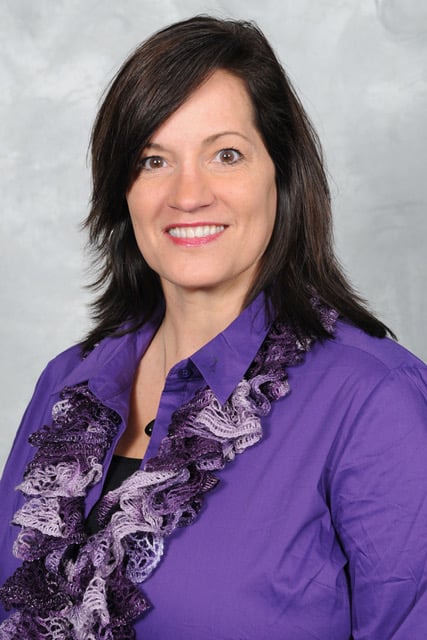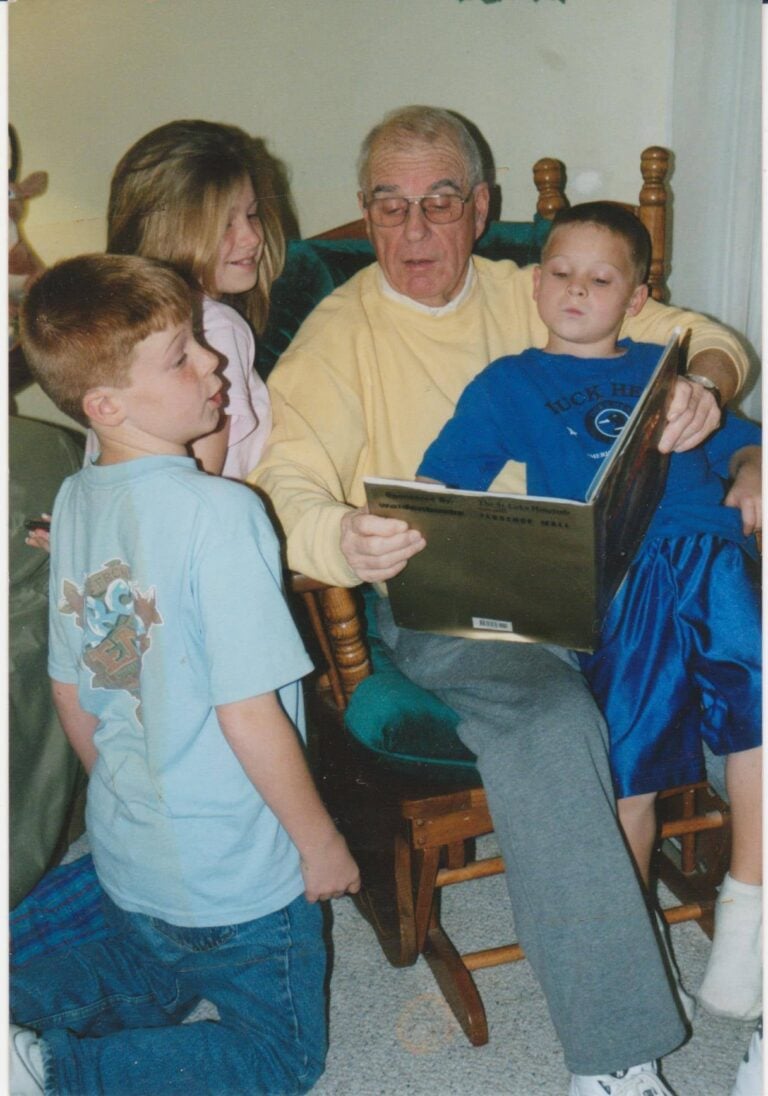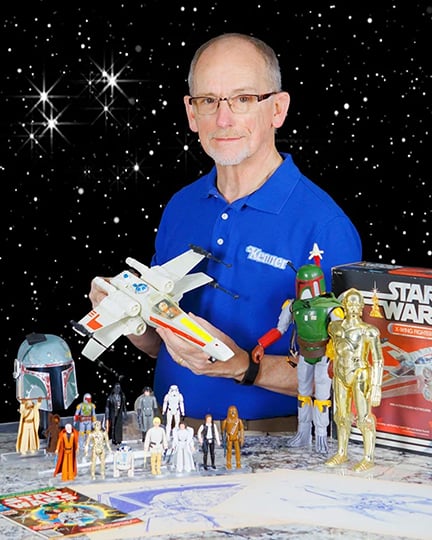By Mark Hansel
NKyTribune Managing Editor
Within the last year, Ford Racing, the motor sports arm of the Ford Motor company, has transitioned to Ford Performance.
The decision involves much more than just a name change.
Tim Duerr, Motorsports Marketing Manager for Ford Performance, said it is a long-range plan for the auto maker to integrate all of the resources of the parent company and provide a more attractive product for race fans.
“Ford Performance is a global footprint that includes more people, more resources and bigger Ford,” Duerr said. “Last year and years prior, Ford Racing was a marketing arm of Ford Motor Company. Today it’s more closely aligned with global product development, so you are going to have people sharing resources and technology and expertise that work on Fords’ global products side-by-side with Ford infinite performance, and motor sports.”
Duerr has been in the region in recent weeks to prepare for the NASCAR weekend at Kentucky Speedway. Ford remains a prominent player in the NASCAR’s Camping World Truck, XFINITY, and Sprint Cup series,’ all of which had events during race week at Kentucky Speedway.

“We’re in NASCAR obviously to polish the blue oval, not necessarily to just sell Fusions (the model driven in Sprint Cup),” Duerr said. “Ironically, Fusion is our number-one-selling car nameplate at Ford Motor Company. We are also running the Mustang in the XFINITY Series and the number-one selling truck in the world over the last 38 years, the Ford F-150 in the Camping World Truck Series.”
Ford has more than 170,000 employees in 70 manufacturing plants around the world.
“Ford is a global company and everything we do is around our rally cry of ‘One Ford,’” Duerr said. “We try to pick up a lot of efficiencies by resourcing our global expertise.”
Ford Performance has identified four areas of focus designed to meet the needs and wants of Ford enthusiasts worldwide.
Performance parts, which includes racing parts, vehicle personalization and accessories, an incredible revenue stream for Ford.
Motorsports and the series’ in which Ford Performance competes, is another area of focus.
“Right now it’s NASCAR, Sports Car, with the IMSA (International Motor Sports Association)/Tudor Series, Formula Drift and Global Rallycross,” Duerr said. “We are also still very prominent at a grassroots level in all series of racing.”

Experiential Communications includes the club outreach for the vehicles, such as the Mustang Club of America, and other events Ford supports.
“Our digital and social presence has grown to over 3 million on Facebook and 120,000 on Twitter,” Duerr said. “Those numbers are really coming from our global footprint.”
Performance vehicles include product development of the SVT, Team RS, Shelby products and the ST, all of which were unveiled in Dearborn, Michigan at the North American International Auto Show. Performance vehicles also includes the new Raptor and the new GT, which Ford has announced it will run at IMSA next year, and at Le Mans for Ford’s 50th anniversary of the winner at Le Mans.
“All of those vehicles in product development and right through the marketing and sales fall underneath Ford Performance,” Duerr said. “So all the people that work behind the scenes of those vehicles in the past are now part of this one entity.”
A year ago Ford had seven engineers working in NASCAR and helping its teams in the areas of engine development, aerodynamics and all of the areas that support its race teams.
“Today we’ve got 21, because of the Global Ford Performance Initiative,” Duerr said. “We now have a Ford Performance Technical Center in Concord, Ca. working with our race teams, with a state of the art flight-type simulators that give our drivers a real feel for driving any track that we want to put up on the computer.
The feedback from drivers suggest the experience is as realistic as can be expected using a simulator.
“That has all come because of our new relationship with product development at Ford,” Duerr said. “Not only can the simulator be used for our drivers practicing and testing whatever race tracks are in our computer, but it can also be used by product development at Ford Motor Company for future product that we will be offering to customers.”

Duerr credits NASCAR for bringing in the Gen 6 version of the vehicles, which has helped Ford re-establish brand identity with consumers.
“We believe our Fusion looks more realistic to what’s in the dealer’s showroom floor right now than the other two vehicles that the other manufacturers are running in NASCAR,” Duerr said. “It’s got a unique identity to it and we are very proud of it.”
In recent years, Ford has achieved a strong comeback in North America sales and, while there are still challenges in Europe, the company is exploring other global markets, including China.
“We just brought Lincoln to China,” Duerr said. “The products that we are now building in North America – the Mustang, the new Ford Edge, select Lincoln products – will be sold globally, so we are excited to see how these iconic brands and models will do as they are sold throughout the world.”
Ford also plans to maintain its strong presence in NASCAR.
Duerr said NASCAR, with 75 million fans, is the number one sport in fan loyalty for products that are marketed within the sport.
“It’s still the number one overall spectator sport in the United States,” Duerr said. “Nearly 40 percent of people that are planning on buying a new vehicle in the next nine months are race fans and 83 percent of that group are NASCAR fans. That’s why we still have a very large investment in NASCAR.”




















